2,936cc DOHC Twin-Turbocharged V8 Engine Electronic Fuel Injection 478bhp at 7,000rpm 5-Speed Manual Transaxle 4-Wheel Independent Suspension 4-Wheel Disc Brakes *Being offered by the original owner *Fewer than 2,100 miles from new *Impeccable and documented history *1 of only 213 F40s built for the US Market *Impressive list of accompaniments including full Schedoni luggage THE FERRARI F40 No Ferrari road car is more closely associated with Enzo Ferrari than the F40, the final project under the direction of Il Commendatore before his death in 1988. Built to commemorate the Italian carmaker's 40th anniversary, the F40 was, at its introduction in 1987, Ferrari's most powerful production car to date. Its 2936cc twin-turbocharged V8, nestled beneath the sloping buttresses of the berlinetta coupe's roofline, produced 478bhp and 426 lb-ft (577 Nm) of torque, delivering "supercar" levels of performance: 0-60 mph in 3.8 seconds and, more significantly, a top speed of 201mph (324km/h). No production car before the F40 had ever pushed beyond that barrier. The F40 was mechanically based on the racing version of the 288 GTO, the GTO Evoluzione. It's race-bred heritage is clearly evident in its lack of anti-lock brakes, steering assist, and any sound-deadening measures. In fact, in contrast to the 959's technical complexity, the F40 achieved its remarkable performance in the traditional Ferrari manner - combining a powerful engine with light weight and a slippery shape, and a competition-tuned suspension with a large footprint. The four-cam GTO based engine was bored out to three liters and re-tuned to achieve the prodigious output. It was placed longitudinally, which greatly simplified the mounting of the twin water-cooled IHI turbochargers. The Weber-Marelli electronic injection is fed from two fuel tanks, one just ahead of each rear wheel. On US spec examples the fuel tanks are aluminum and unlike the rubber blatters in the European spec examples, they do not require costly replacement. Due to the extensive use of composites throughout the car, the F40 weighs just 2,425 pounds, more than 500 pounds less than its supercar rival - the Porsche 959. The comprehensive weight-saving program included paint so thinly spread that the body panels' Kevlar weave can be seen underneath. The F40's bodywork was designed under the direction of Leonardo Fioravanti, who also was responsible for the 288 GTO, Daytona, Dino 206/246 GT, 512 Berlinetta Boxer, and numerous other projects in his time both at Ferrari and later with Pininfarina. His initial wedge shape was, in tune with the car's racing-related development, then taken by Pininfarina and refined in the wind tunnel for optimum downforce and low drag. The cockpit too, is all business, offering little in creature comfort but reaffirming the F40's essential character as a racecar for the street. Beyond the well-bolstered seats, gated shifter, padded steering wheel, and analog instrumentation, there is little to engage the eye from the driver's seat, but that's primary to the F40's raison d'etre — to fully immerse the driver in a pure Ferrari driving experience. Autocar concluded its test thus, 'On a smooth road it is a scintillatingly fast car that is docile and charming in its nature; a car that is demanding but not difficult to drive, blessed as it is with massive grip and, even more importantly, superb balance and manners. You can use its performance - the closest any production carmaker has yet come to racecar levels - and revel in it. ...there's little doubt it is the very personification of the term sports car.' As a result of the car's desirability and enormous demand, Ferrari pushed total production numbers to 1,311, all of which left the factory in left-hand drive and liveried in classic Rossa Corsa paint. Of the 1,311 F40s produced, only 213 were of U.S.-specification, which generated bidding wars; eager customers were willing to pay up to twice the list price to secure one of those that wo
2,936cc DOHC Twin-Turbocharged V8 Engine Electronic Fuel Injection 478bhp at 7,000rpm 5-Speed Manual Transaxle 4-Wheel Independent Suspension 4-Wheel Disc Brakes *Being offered by the original owner *Fewer than 2,100 miles from new *Impeccable and documented history *1 of only 213 F40s built for the US Market *Impressive list of accompaniments including full Schedoni luggage THE FERRARI F40 No Ferrari road car is more closely associated with Enzo Ferrari than the F40, the final project under the direction of Il Commendatore before his death in 1988. Built to commemorate the Italian carmaker's 40th anniversary, the F40 was, at its introduction in 1987, Ferrari's most powerful production car to date. Its 2936cc twin-turbocharged V8, nestled beneath the sloping buttresses of the berlinetta coupe's roofline, produced 478bhp and 426 lb-ft (577 Nm) of torque, delivering "supercar" levels of performance: 0-60 mph in 3.8 seconds and, more significantly, a top speed of 201mph (324km/h). No production car before the F40 had ever pushed beyond that barrier. The F40 was mechanically based on the racing version of the 288 GTO, the GTO Evoluzione. It's race-bred heritage is clearly evident in its lack of anti-lock brakes, steering assist, and any sound-deadening measures. In fact, in contrast to the 959's technical complexity, the F40 achieved its remarkable performance in the traditional Ferrari manner - combining a powerful engine with light weight and a slippery shape, and a competition-tuned suspension with a large footprint. The four-cam GTO based engine was bored out to three liters and re-tuned to achieve the prodigious output. It was placed longitudinally, which greatly simplified the mounting of the twin water-cooled IHI turbochargers. The Weber-Marelli electronic injection is fed from two fuel tanks, one just ahead of each rear wheel. On US spec examples the fuel tanks are aluminum and unlike the rubber blatters in the European spec examples, they do not require costly replacement. Due to the extensive use of composites throughout the car, the F40 weighs just 2,425 pounds, more than 500 pounds less than its supercar rival - the Porsche 959. The comprehensive weight-saving program included paint so thinly spread that the body panels' Kevlar weave can be seen underneath. The F40's bodywork was designed under the direction of Leonardo Fioravanti, who also was responsible for the 288 GTO, Daytona, Dino 206/246 GT, 512 Berlinetta Boxer, and numerous other projects in his time both at Ferrari and later with Pininfarina. His initial wedge shape was, in tune with the car's racing-related development, then taken by Pininfarina and refined in the wind tunnel for optimum downforce and low drag. The cockpit too, is all business, offering little in creature comfort but reaffirming the F40's essential character as a racecar for the street. Beyond the well-bolstered seats, gated shifter, padded steering wheel, and analog instrumentation, there is little to engage the eye from the driver's seat, but that's primary to the F40's raison d'etre — to fully immerse the driver in a pure Ferrari driving experience. Autocar concluded its test thus, 'On a smooth road it is a scintillatingly fast car that is docile and charming in its nature; a car that is demanding but not difficult to drive, blessed as it is with massive grip and, even more importantly, superb balance and manners. You can use its performance - the closest any production carmaker has yet come to racecar levels - and revel in it. ...there's little doubt it is the very personification of the term sports car.' As a result of the car's desirability and enormous demand, Ferrari pushed total production numbers to 1,311, all of which left the factory in left-hand drive and liveried in classic Rossa Corsa paint. Of the 1,311 F40s produced, only 213 were of U.S.-specification, which generated bidding wars; eager customers were willing to pay up to twice the list price to secure one of those that wo


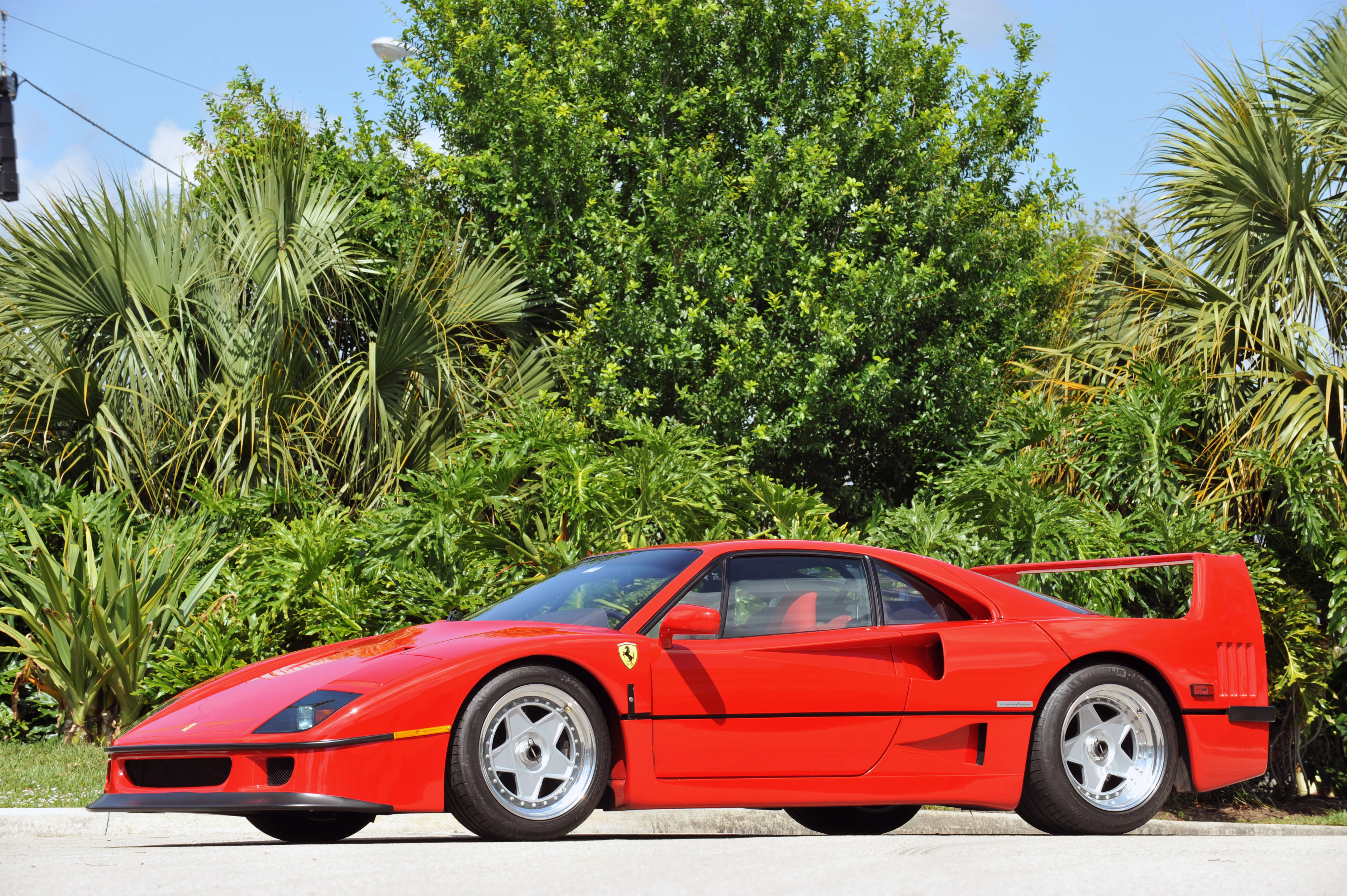

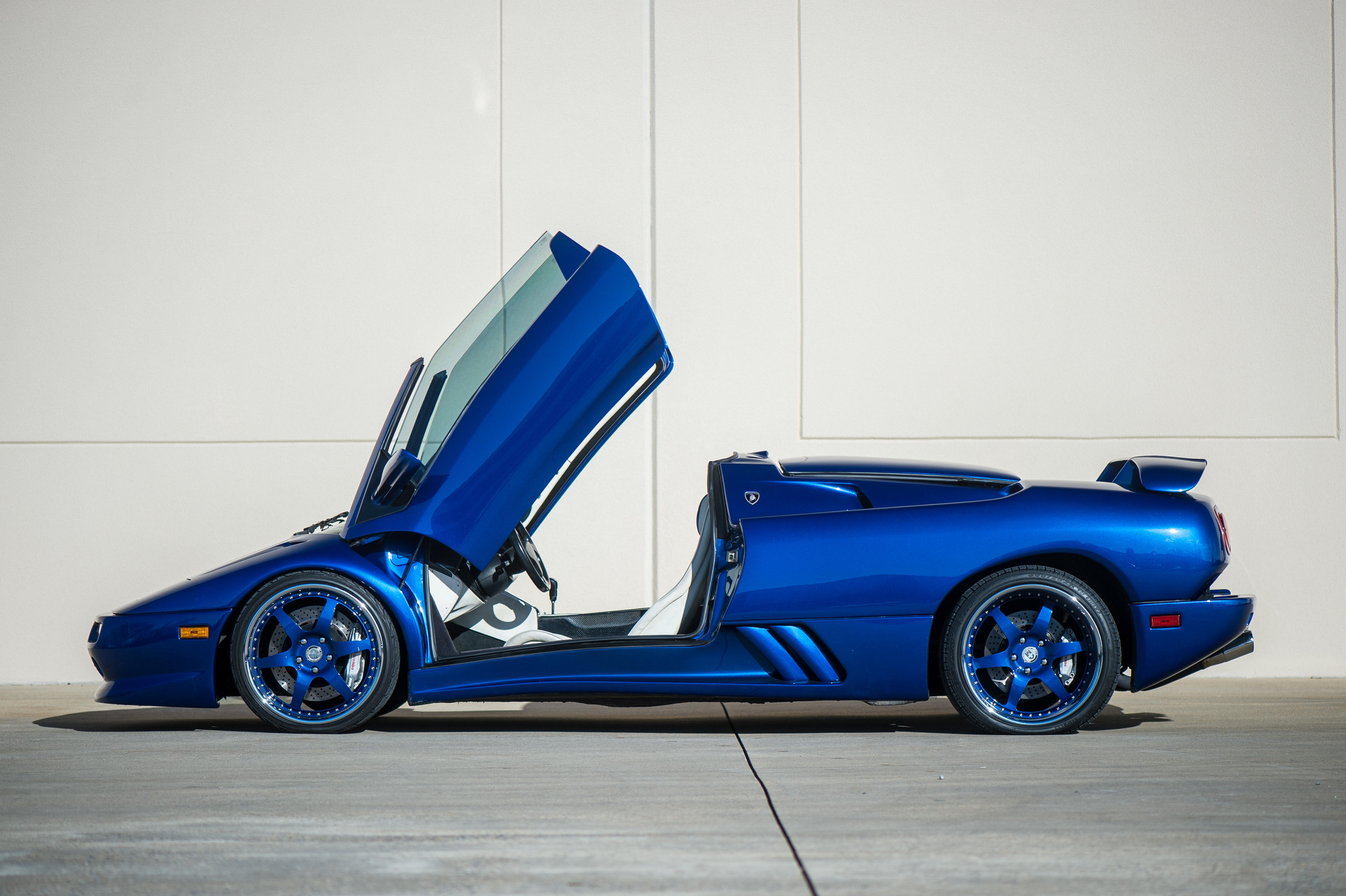

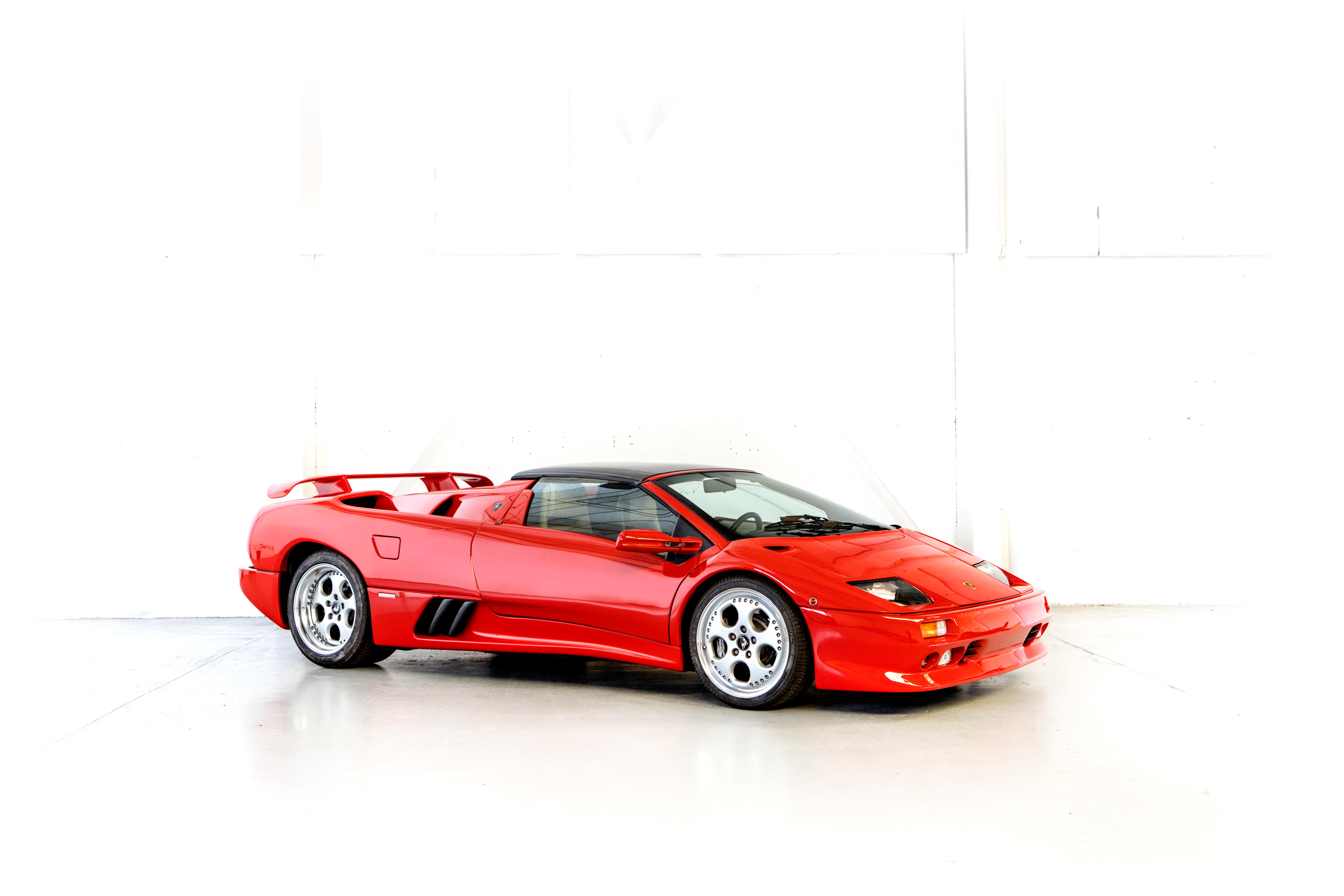


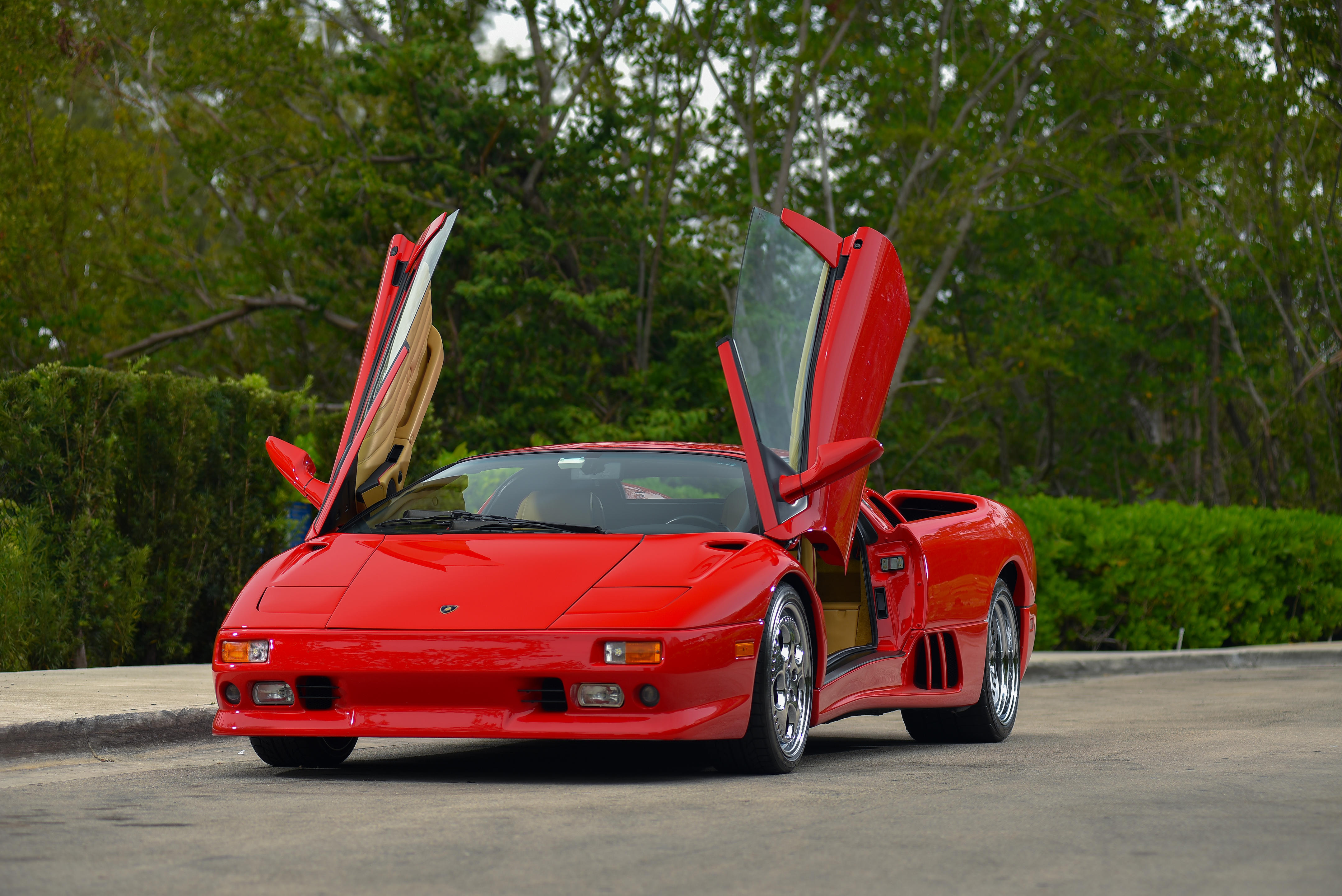
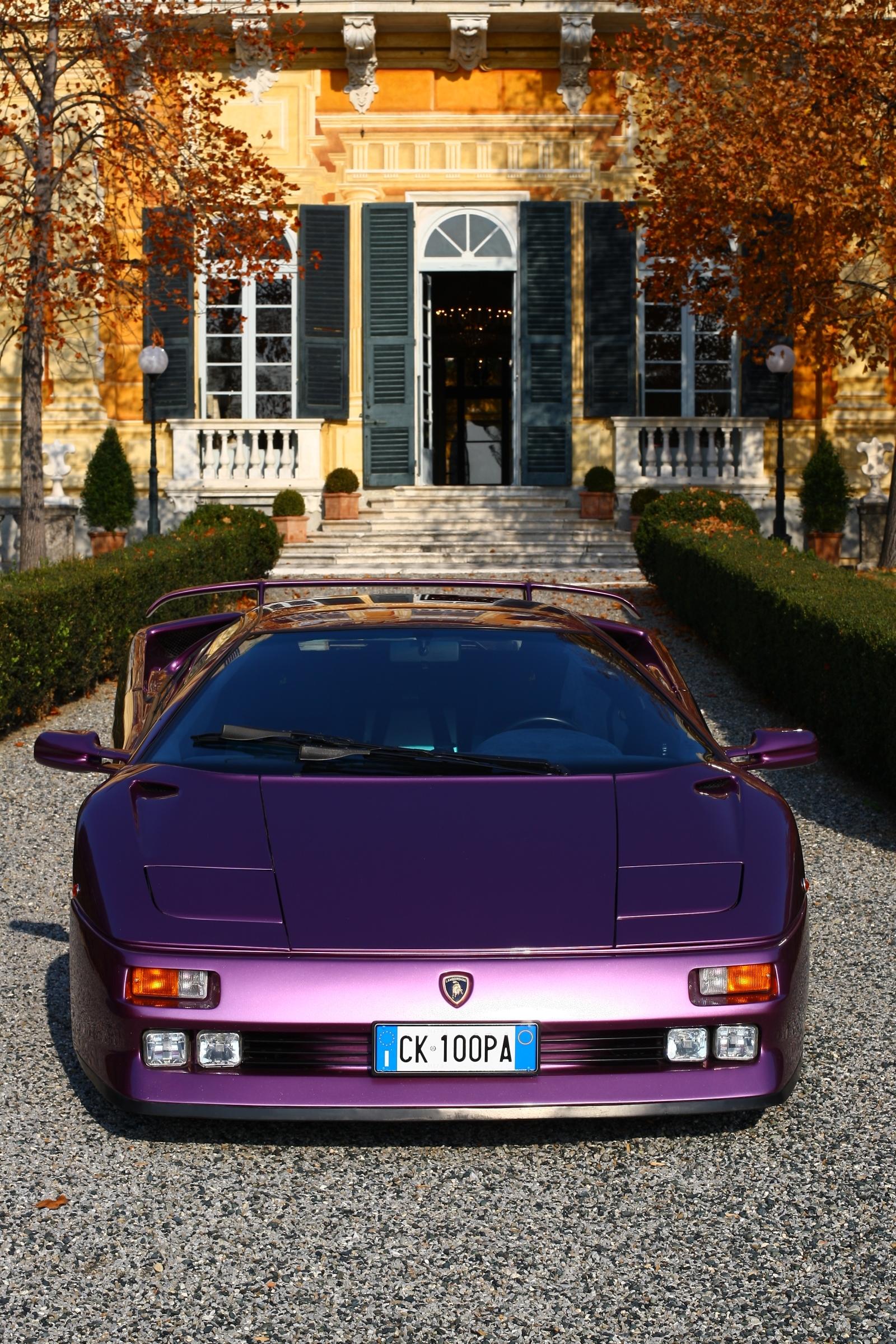
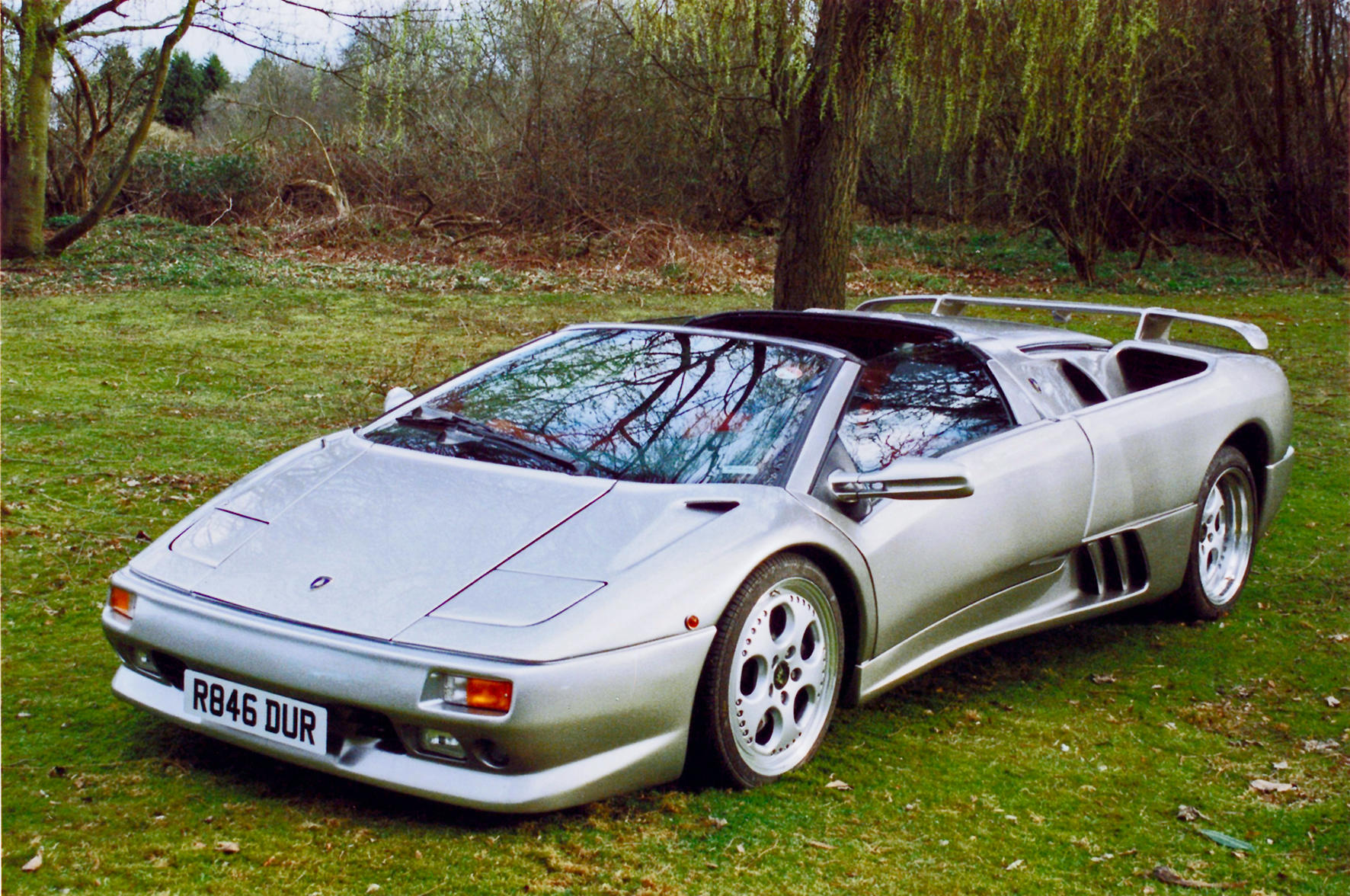
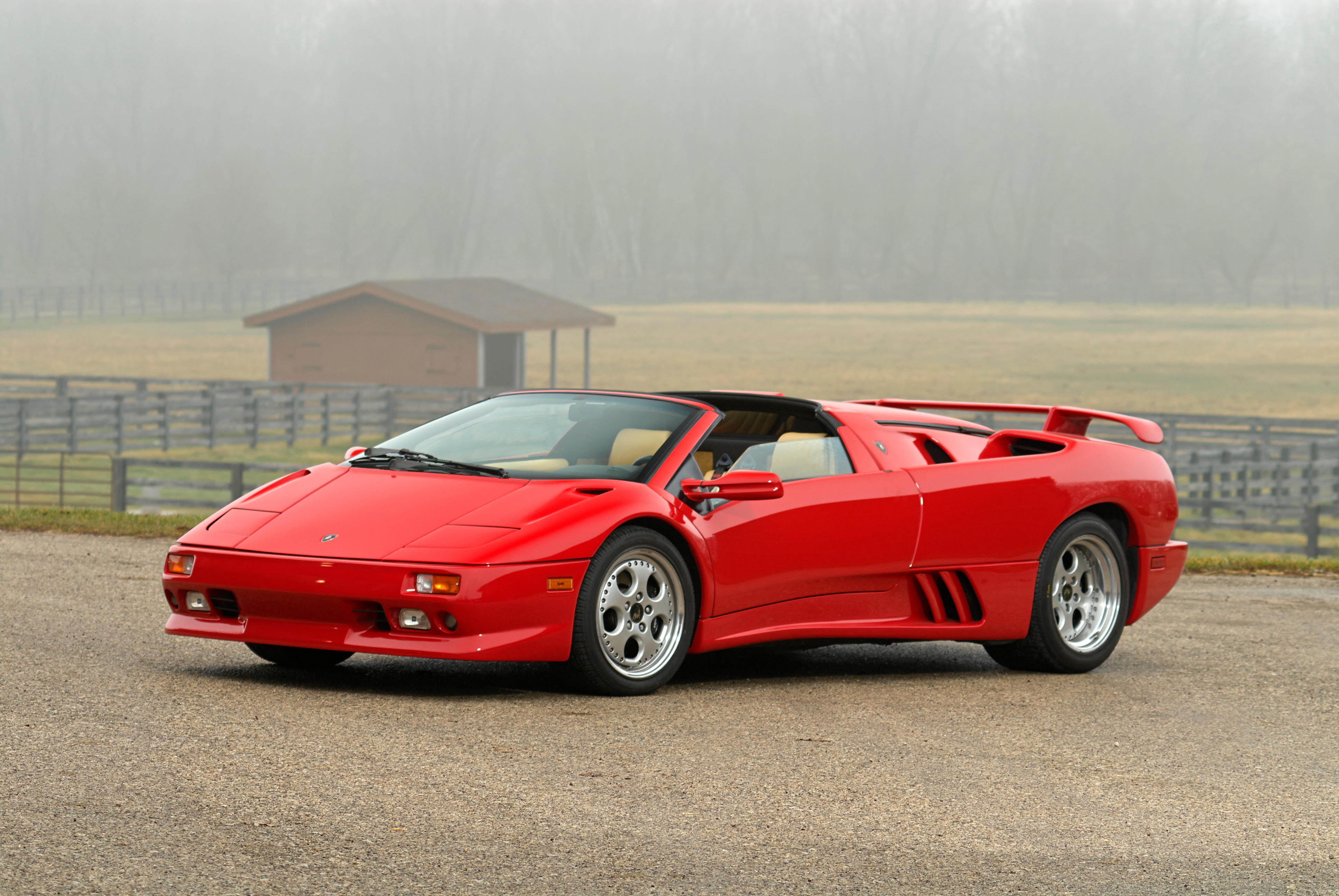


Testen Sie LotSearch und seine Premium-Features 7 Tage - ohne Kosten!
Lassen Sie sich automatisch über neue Objekte in kommenden Auktionen benachrichtigen.
Suchauftrag anlegen